AH-56A Cheyenne, 1/72 Atlantis /Aurora.
Developed by Lockheed for the U S Army Advanced Aerial Fire Support System contract. First flew in 1967 to replace Hueys and eventually the Cobras as attack helicopters. It was a compound helicopter, which included a pusher propeller in the rear and stub wings along the narrow fuselage enabled to reach speeds of more than 250 mph. The weapon systems were advanced for the time with some features ending up in the later AH-64. With some performance problems and delays in production and the political climate towards the end of the Vietnam war the program was cancelled. The videos I've on the net of the Cheyenne are pretty impressive. A total of ten prototypes were produced.
The kit is one of Atlantis's latest redo of an Aurora kit. It holds up pretty well and they have improved the decals, the national insignia are proportionally correct. unlike what you might find in the old Aurora and Revell kits. The kit does not include any ordinance so I kit bashed the things under the wings.
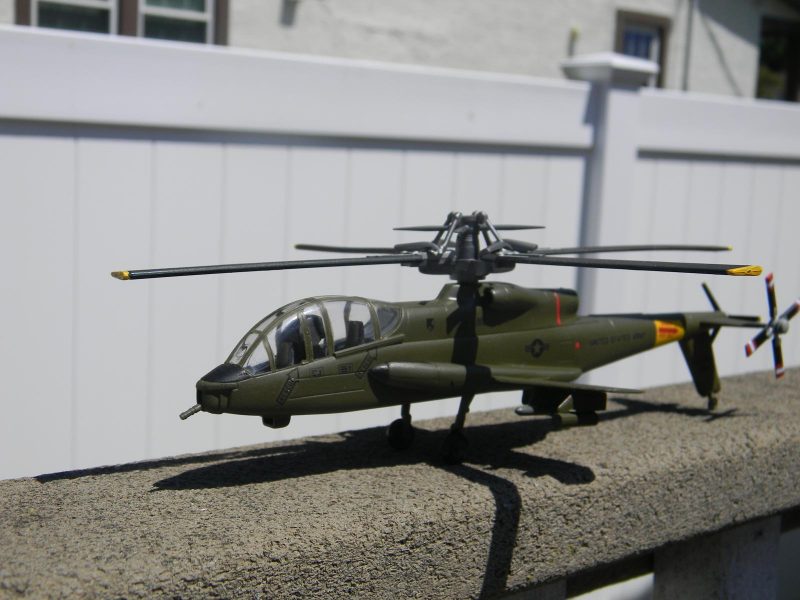
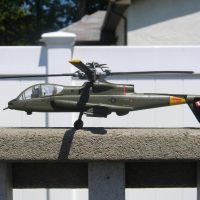
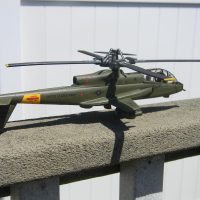
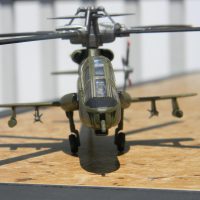
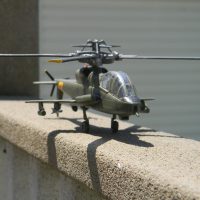
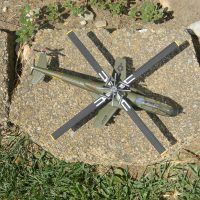
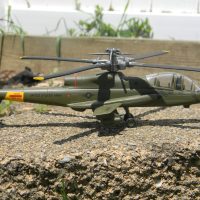
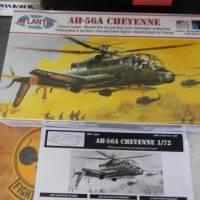
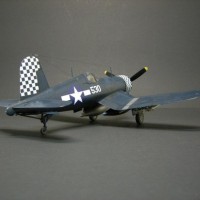
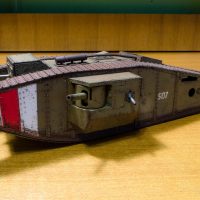
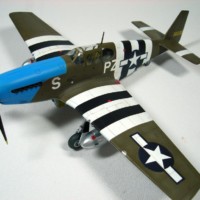
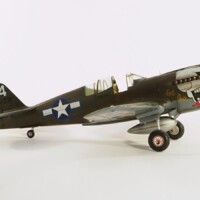
That's a beautiful Cheyenne, Robert. You did a great work on this classic kit.
Looks great, and a truly unique flying machine. I can’t recall I have ever seen a model of it before.
I remember making this one as a kid. Good memories. Nice job!
Look great Robert. I built several of those back when I was a kid. Your build brings back fond memories. The Cheyenne was an amazing design, way ahead of its time. It was so advanced in fact, the Army got cold feet and didn't want to wait for Lockheed to work out the kinks.
Cheers,
Scott
Nice work, Robert! I’ve never seen one of those built and always wondered what was in the box when I was a kid.
Very nice Cheyenne, Robert!
I wonder, however, why Atlantis provides these low-vis markings. As far as I know all 10 prototypes had colorful high-vis markings. The only exception was BuNo 66-8831, which had a temporary 3-tone tactical camouflage scheme late in the flight test program, but no markings at all.
Take care,
Gunther
Yes you're right, I took some liberties and did a sort of operational whatifer. @gunkorsky.
I didn't know that one existed! Looks great - a very odd-looking bird - ahead of it's time!
Ok, I understand Robert!
Unusual subject Robert, nicely done.